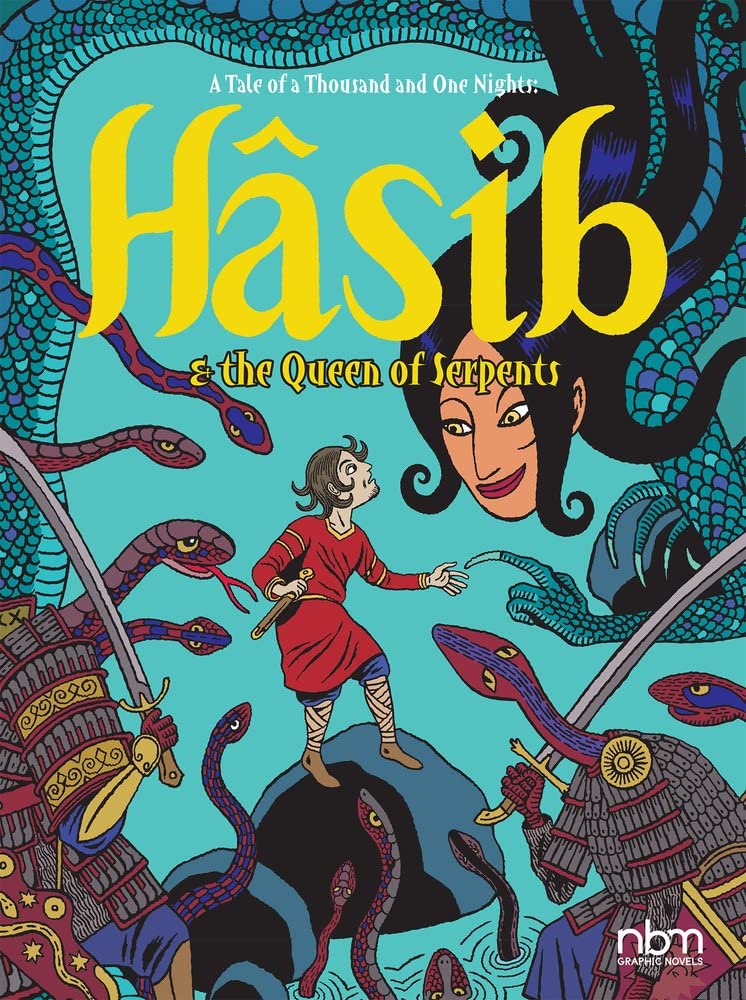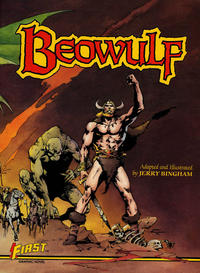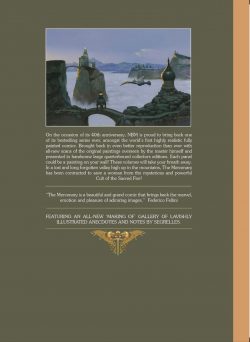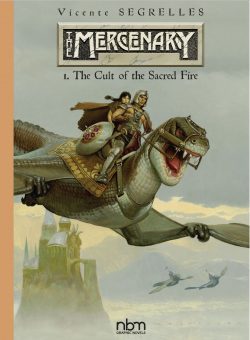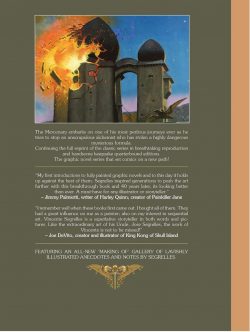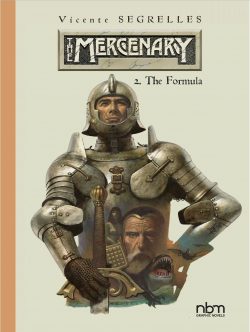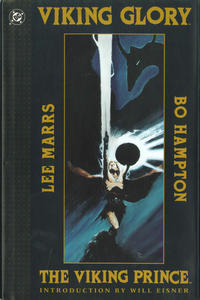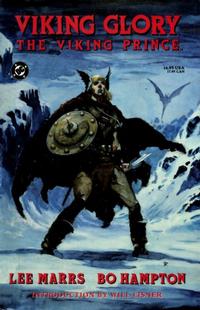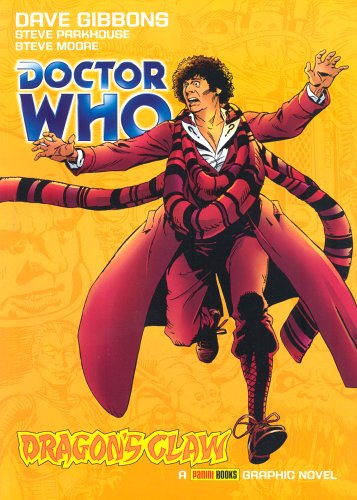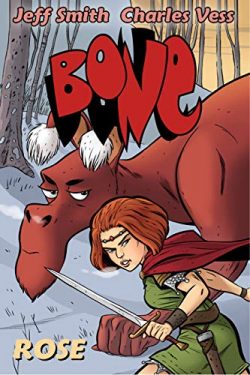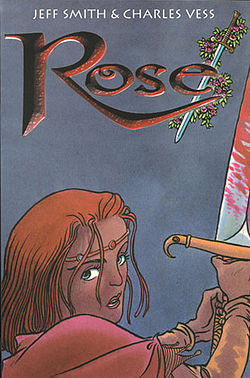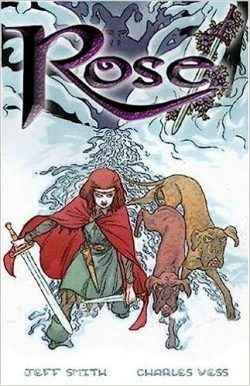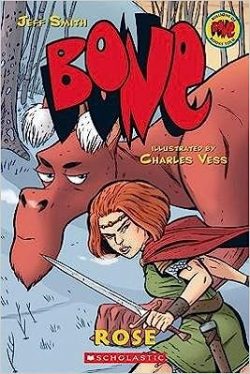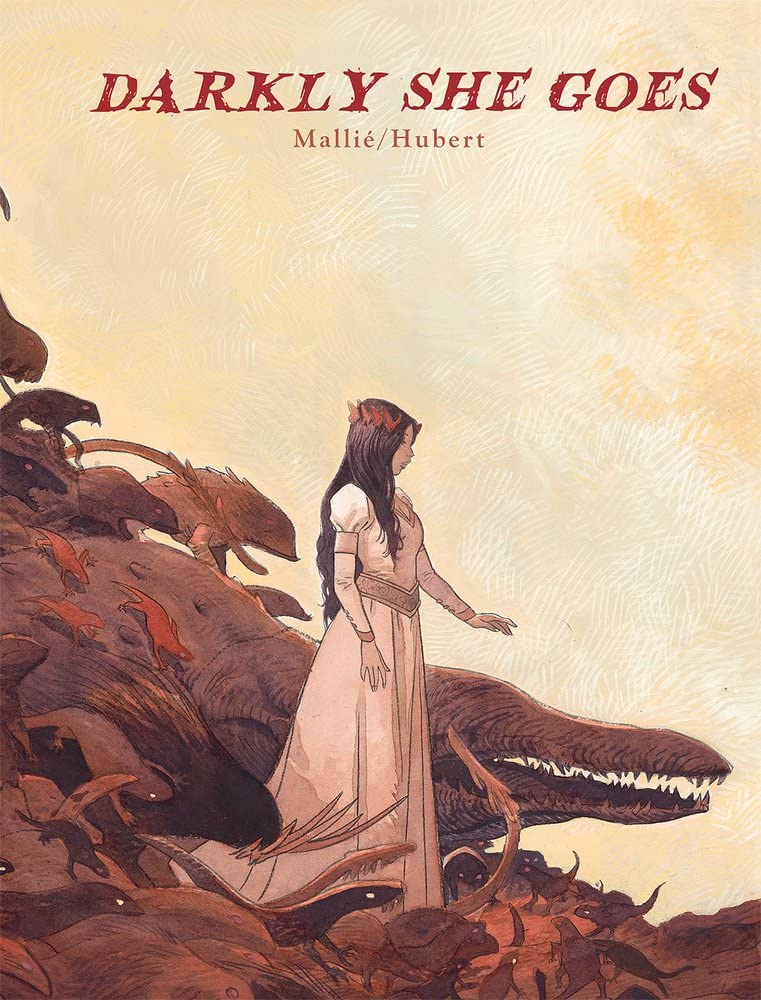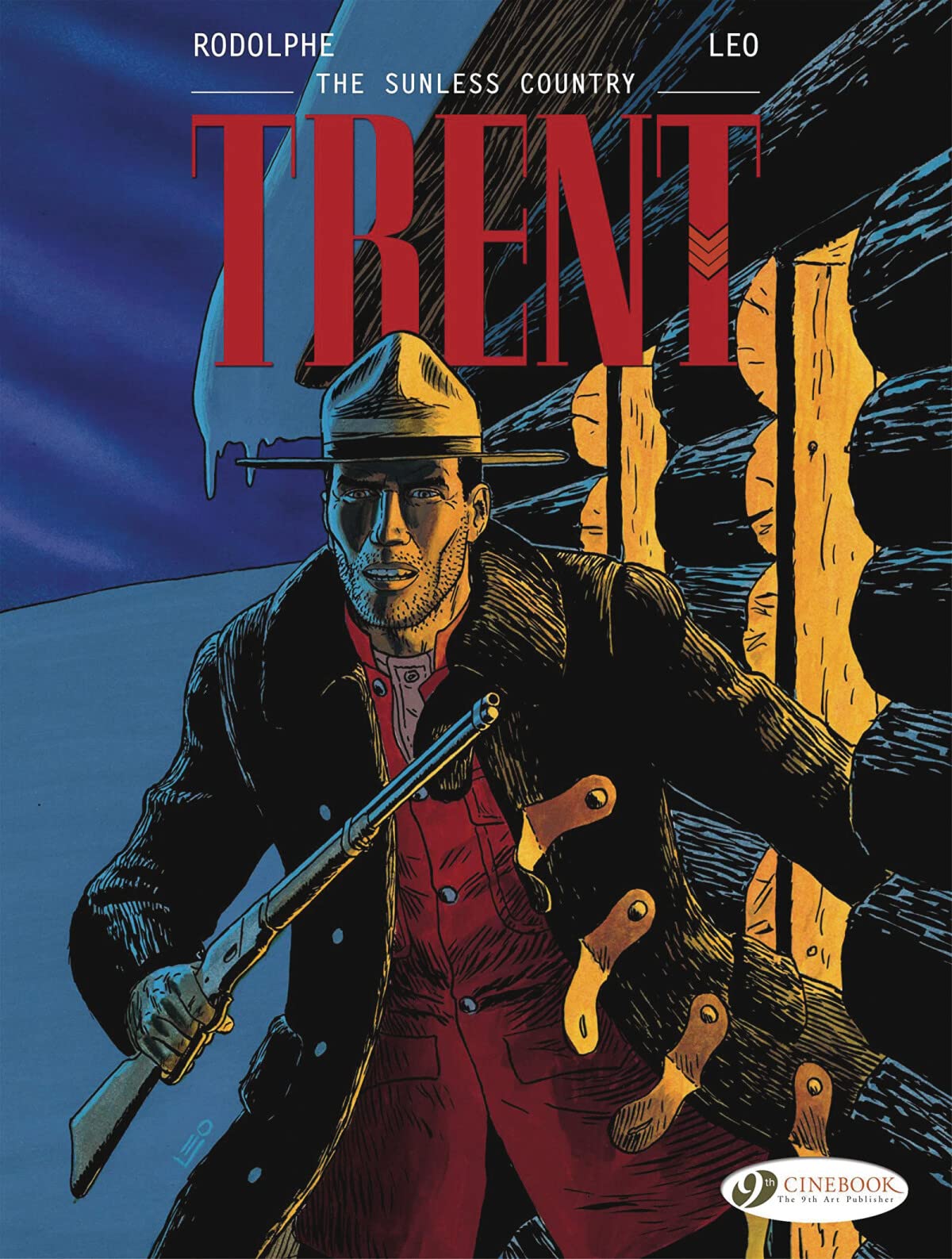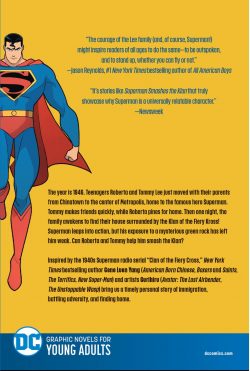

By Gene Luen Yang & Gurihiru (DC Comics)
ISBN: 978-1-7795-0421-0 (TPB/Digital edition)
It’s indisputable that the American comic book industry – if it existed at all – would have been an utterly unrecognisable thing without Superman. Siegel & Shuster’s unprecedented invention was rapturously adopted by a desperate and joy-starved generation, quite literally giving birth to a genre if not an actual art form.
Spawning an astounding army of imitators within 3 years of his 1938 debut, the intoxicating blend of breakneck breathtaking action and cathartic wish-fulfilment epitomising the primal Man of Tomorrow expanded to encompass cops-&-robbers crime-busting, science fiction, fantasy, whimsical comedy, socially reforming dramas – and, once the war in Europe and the East engulfed America – patriotic relevance for a host of gods, champions and monsters, all dedicated to profit through exuberant, eye-popping excess and vigorous dashing derring-do.
In comic book terms Superman was master of the world and, whilst transforming the fledgling funnybook industry, the Metropolis Marvel was also inexorably expanding into all areas of entertainment media. Although we all think of Jerry & Joe’s iconic invention as the epitome and acme of kid stuff creation, the truth is that very soon after his debut in Action Comics #1, the Man of Steel became an all-ages fictional multimedia monolith in the same league as Popeye, Tarzan, Sherlock Holmes and Mickey Mouse.
We parochial, possessive comics fans too often regard our purest and most powerful icons in purely graphic narrative terms, but the likes of Batman, Spider-Man, The Avengers and all their hyperkinetic kin long ago outgrew their 4-colour origins. These days, comics characters don’t really succeed until they’ve been fully mythologized creatures instantly recognisable across all platforms and age ranges… especially by TV, video games and movies…
Far more people have seen or heard an actor as Superman than have ever read his comic tales. The globally syndicated newspaper strips alone reached untold millions, and by the time his 20th anniversary rolled around at the very start of what we know as the Silver Age of Comics, Superman had become an immensely popular, thrice-weekly radio serial milestone with its own spin-off: a landmark novel by radio-show scripter George Lowther.
The audible exploits were translated into 17 astounding animated cartoons by the Fleischer Studios and latterly into live action via two movie serials (Superman 1948 and Atom Man vs Superman 1950) plus a proper movie in 1951 (Superman and the Mole Men).
These paved the way for groundbreaking television series Adventures of Superman which owned the 1950s: running 104 original episodes across six seasons, from September 1952 to April 1958 and for decades after in reruns.
The Man of Steel was a perennial sure-fire success for toy, game, puzzle and apparel manufacturers and had just ended that first smash live-action television presence. In his future were more shows (Superboy, Lois & Clark, Smallville, Superman & Lois), a stage musical, two blockbuster movie franchises and an almost seamless succession of games, bubble gum cards and TV cartoons beginning with The New Adventures of Superman in 1966 and continuing ever since. Even superdog Krypto got in on the small-screen act, and that’s not including spin-offs for Supergirl and even planet Krypton…
There have always been “other” versions of Superman, but arguably the most important – even more than his epic newspaper strip career – was the radio serial. The daily newspaper strip launched on 16th January 1939, supplemented by a full-colour Sunday page from November 5th and on February 12th 1940, the Mutual Network transmitted the Man of Tomorrow into homes across America. Initially sponsored by Kellog’s Pep and broadcast as 15-minute episodes three times a week (and in some regions 5 days a week), the show grew into half-hour instalments by August 1942 and continued until February 4th 1949. Thereafter it shifted to ABC in an evening slot and thrice weekly afternoons until March 1st 1951: a total of 2,088 episodes and 128 different storylines. There was even an Australian version with Anzac actors: a total of 1040 episodes from 1949 -1954…
The US serial’s scripters and directors (including B. P. Freeman & Jack Johnstone, Robert & Jessica Maxwell, George F. Lowther, Allen Ducovny & Mitchell Grayson) introduced many innovations that became canonical in comics continuity – such as team-ups with Batman & Robin, inventing Jimmy Olsen and Kryptonite and the immortal opening mantra that began “Up in the Sky! It’s a Bird! It’s a Plane!”…
The show fuelled the imaginations of millions through wonder and action, but also embraced the refugee hero’s socially crusading roots. In 1946, inspired by a resurgence of activity by the Ku Klux Klan, the writers used the 118th saga to fight back against intolerance and bigotry with ‘The Clan of the Fiery Cross’. It began on June 10th and ran16 episodes into July, detailing how a Chinese -American family moves to Metropolis and is targeted by hooded racists until the Action Ace steps in and steps up…
How that ancient tale was revived and adapted into a 3-issue miniseries for DC’s Young Adult imprint by award-winning Gene Luen Yang (American Born Chinese, Boxers and Saints, Avatar: The Last Airbender, New Super-Man) and Japanese women’s illustration collective Gurihiru AKA Chifuyu Sasaki & Naoko Kawano (Avatar: The Last Airbender, Sonic, Unbelievable Gwenpool Power Pack, Tails of the Pet Avengers and more) is recounted at the end of this enthralling adaptation.
‘Superman and Me by Gene Luen Yang’ traces the turbulent and often ludicrous history of the Ku Klux Klan; slavery in the US, Jim Crow laws; The Chinese Exclusion Act; the advent and impact of Superman; abuses of the well-intentioned 1944 G.I. Bill and the radio show that uniquely united non-racist Americans whilst effectively setting the Klan back 20 years…
The story itself is charming, inspirational and decidedly hard-hitting in a manner easily accessible to youngsters; beginning with the Metropolis Marvel still learning about his powers. Strong, fast and able to leap tall buildings, Superman knows very little about his origins but still drives himself tirelessly to save the helpless and punish the guilty.
That starts to change after a titanic battle against leftover Nazi terrorist Atom Man. In the course of a brutal clash, our hero is exposed to a strange green crystal empowering his foe: one that which makes him sick for the first time in his life and triggers bizarre hallucinations – weird smells, odd conversations and images of being a monstrous alien…
As Superman’s friend – “negro” Police Inspector William Henderson – carts off the defeated Nazi, across town Lan-Shin Li is also feeling billious. Her family are driving into Metropolis and their new house, but she already misses Chinatown. She also can’t get used to being called “Roberta Lee” now…
Father’s new job as Chief Bacteriologist for Doctors Segret Wilson and William Jennings at the Metropolis Health Department is a huge triumph and advancement, and her easy-going brother Tommy is ecstatic to move into a white neighbourhood, but mother speaks very little English and is always frightened. Roberta just hates change and misses old friends…
Her anxiety remains high even after new neighbour Jimmy Olsen welcomes them and invites the kids to join the local baseball team. It only really fades after seeing Superman running past at superspeed. Something about him nudges Roberta’s brilliant scientific mind…
Sporting paragon Tommy is a big hit at the Unity House community center, but Roberta just feels out of place, especially after starting pitcher Chuck Riggs uses racist slurs and is fired from the team.
The incident escalates when Chuck sounds off to his Uncle Matt, and that unrepentant racist has his friends leave a burning cross on the Lee’s lawn. As Grand Scorpion of the Klan of the Fiery Kross, he strives to keep America free from impurity, and decides it’s time Chuck also started defending the besieged white race…
Scared and already regretful and repentant, Chuck goes along with the adults, but when he tries to firebomb the house, Roberta recognises him despite his hooded robes…
By-passer Bill Henderson and his buddies help extinguish the flames, but the Inspector cannot convince the Lees to file a complaint. The incident does, however, make Roberta determined to stay and fight back…
Clark Kent and Lois Lane soon arrive and start asking questions. Something about little Roberta reminds the clandestine Kryptonian of growing up in Smallville, particularly those times when his hidden abilities made him feel like an outsider… or even a monster.
… And elsewhere, the secrets of Atom Man and the alien green rock are being decoded by mysterious scientists with a nasty agenda: potential tyrants intent on making mischief at the heart of a brave new society. Soon after, events escalate when the Klan kidnap Tommy and Roberta furiously confronts Chuck…
Thus begins a powerful and rewarding adventure detailing not simply the antagonisms of outsiders and ultra-conservatives, and incomers against entrenched privilege, but also how diversity and inclusion benefits everyone on so many levels. It’s also a smart saga of good versus evil, growth, accommodation and acceptance and a parable of how a wise child taught the Man of Steel where he was going wrong and how to use his powers correctly…
An immigrant’s tale about knowing oneself and adapting to change, Superman Smashes the Klan is wise and welcoming and wants you to see the best in everyone everywhere.
© 2020, DC Comics. All Rights Reserved. Essay by Gene Luen Yang © 2019 Humble Comics LLC.
